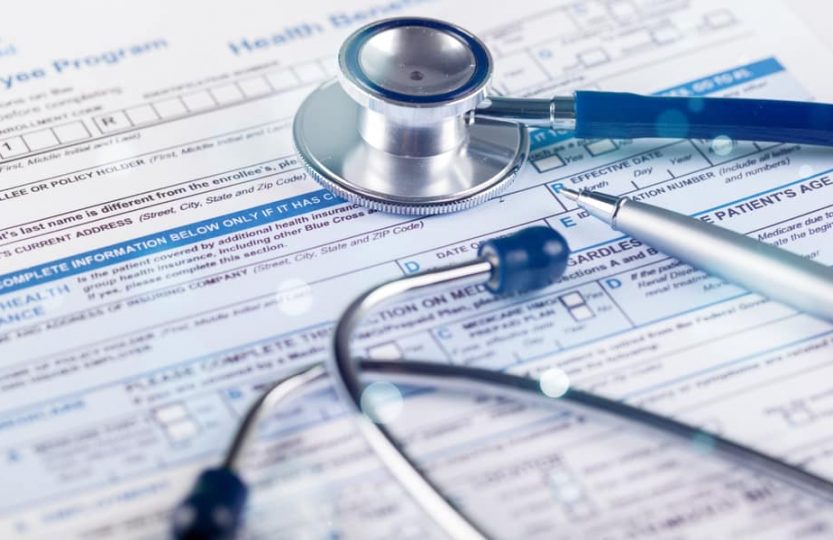Medical translation and http://lingvanex.com/english-to-russian/ requires special attention and precision in the selection of appropriate terms and concepts. Saturation of texts with specialized word combinations with their inherent frequent use of abbreviations, Latin words, definitions greatly complicates the task of a linguist. Forming word constructions taking into account the industry specifics and the accepted norms of “dry” presentation of the material, the specialist faces the problem of selecting the right analogues that accurately convey the meaning of what is written.
Stylistics of medical documents

These texts are characterized by impersonality and grammatical structure. The translation of medical documents requires the construction of informative and concise speech structures which are devoid of any emotional content. A “dry” style of narration, with its inherent formalism, complicates the task. Deciphering abbreviations, acronyms, Latin terms with observance of lexico-syntactic norms peculiar to each specific language is rather laborious. It is important to correctly translate their meaning, since it can be quite the opposite for different narrow domains. When translating Latin terms and abbreviations, translators often face a dilemma: translate these terms into Russian or leave them in their original spelling. The point is that the same terms can have different meanings in different medical cases, and it is not always clear which of these meanings the doctor had in mind. At the same time, the level of training of doctors differs from country to country and from facility to facility, so the doctor receiving the translation may not always know the exact term.
To summarize, medical texts are characterized by:
Frequent use of Latin terms and general terminological saturation;
the use of narrowly-specialized clichés;
Abundance of abbreviations and acronyms;
Multiple use of expanded definitions and structural complexity of sentences.
The construction of turns of speech with characteristic dependence of semantic meanings on grammatical relations between verbal units complicates the selection of analogues in the Russian language. Statements can be interpreted ambiguously, so it is necessary to take into account the grammatical and lexical features of the style with its inherent meaningfulness of the lexemes.
Editorial review
Translation of medical documents is a task that is not easy for an experienced linguist. A specialist can face a lack of knowledge in a particular field due to the constant expansion of its terminology vocabulary. Verification by an editor makes it possible to ensure maximum accuracy of interpretation of individual speech units and the meaning of the entire message. At the same time, the editor should have a medical background, and ideally, be a practicing physician.
Areas of application
The dynamic development of the pharmaceutical and medical industry enables institutions to provide a wide range of services on an international level. New technologies introduced in equipment and devices require a detailed study of their specifications and functionality. Translation of instructions for the assembly of medical devices and apparatuses will ensure rapid implementation and effective use of high-tech devices.
Overseas clinics specializing in the treatment of specific types of diseases guarantee greater efficiency of procedures for patients. The latter need to provide a full package of documents, which requires translation of tests, certificates, medical histories, and epicrisis. Translation of medicine summaries is also in demand.
Specialist skills
A specialist translator faces various challenges on a daily basis:
the parsing of “doctor’s” handwriting;
the frequent use of “jargon” in extracts, references;
the constant increase in the number of terms;
the need to choose appropriate language constructions and expressions, taking into account the type of document and its purpose (for a doctor or a patient).
Specific requirements are placed on the qualifications of the linguist. A medical interpreter must:
interpret terms, definitions taking into account the branch of the text;
accurately, correctly decipher abbreviations and acronyms inherent in specific types of documents, select analogues corresponding to them;
understand the differences in laboratory-diagnostic studies to correctly indicate formula units, units of measurement;
responsibly approach the process, using specialized dictionaries or seeking the advice of narrow specialists;
maintain confidentiality.
The slightest mistake can endanger life of a patient, so practical experience and professionalism of a linguist guarantees correctness, accuracy, efficiency of translation. Such translation can be done only by a qualified interpreter with specialized medical education.
